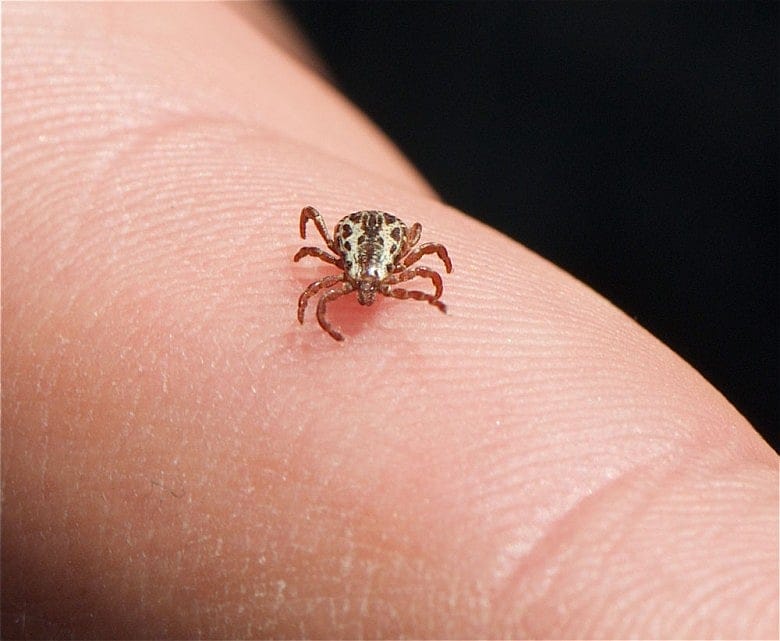Some necessary tick talk

There's a man from Boston who treks Brazil's Amazon River, hangs out in Nepal with the Himalayan Rescue Association, and climbs Mt. McKinley with the Ranger Patrol in Alaska's Denali National Park. His name is Dr. N. Stewart Harris, M.D.
When he's not out adventuring, Dr. Harris wears the ubiquitous uniform of a white coat over blue scrubs at Massachusetts General Hospital as an attending physician in the Emergency Department. Harris is also Chief of Wilderness Medicine at MGH. But, as you might have guessed, he's not the typical uniform-wearing type. He is, however, a strong advocate for dressing properly as you trek outside to enjoy these last sparkling days of summer.

